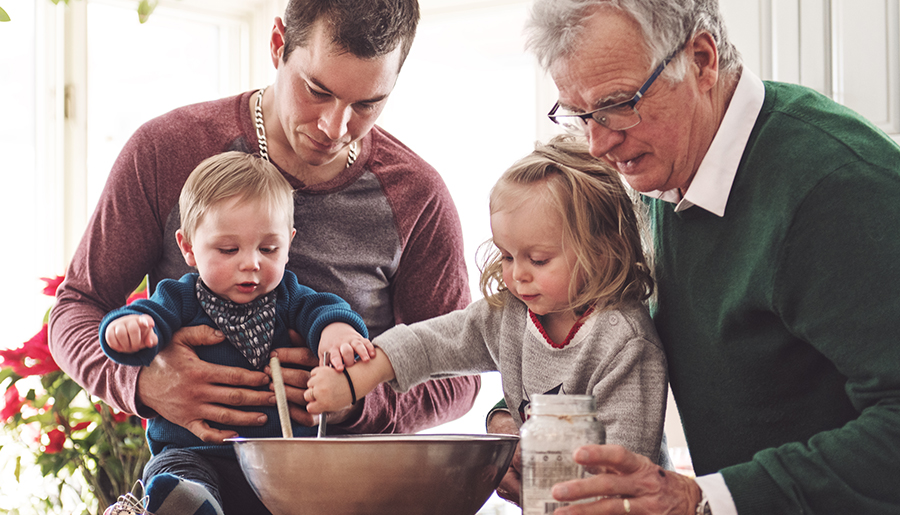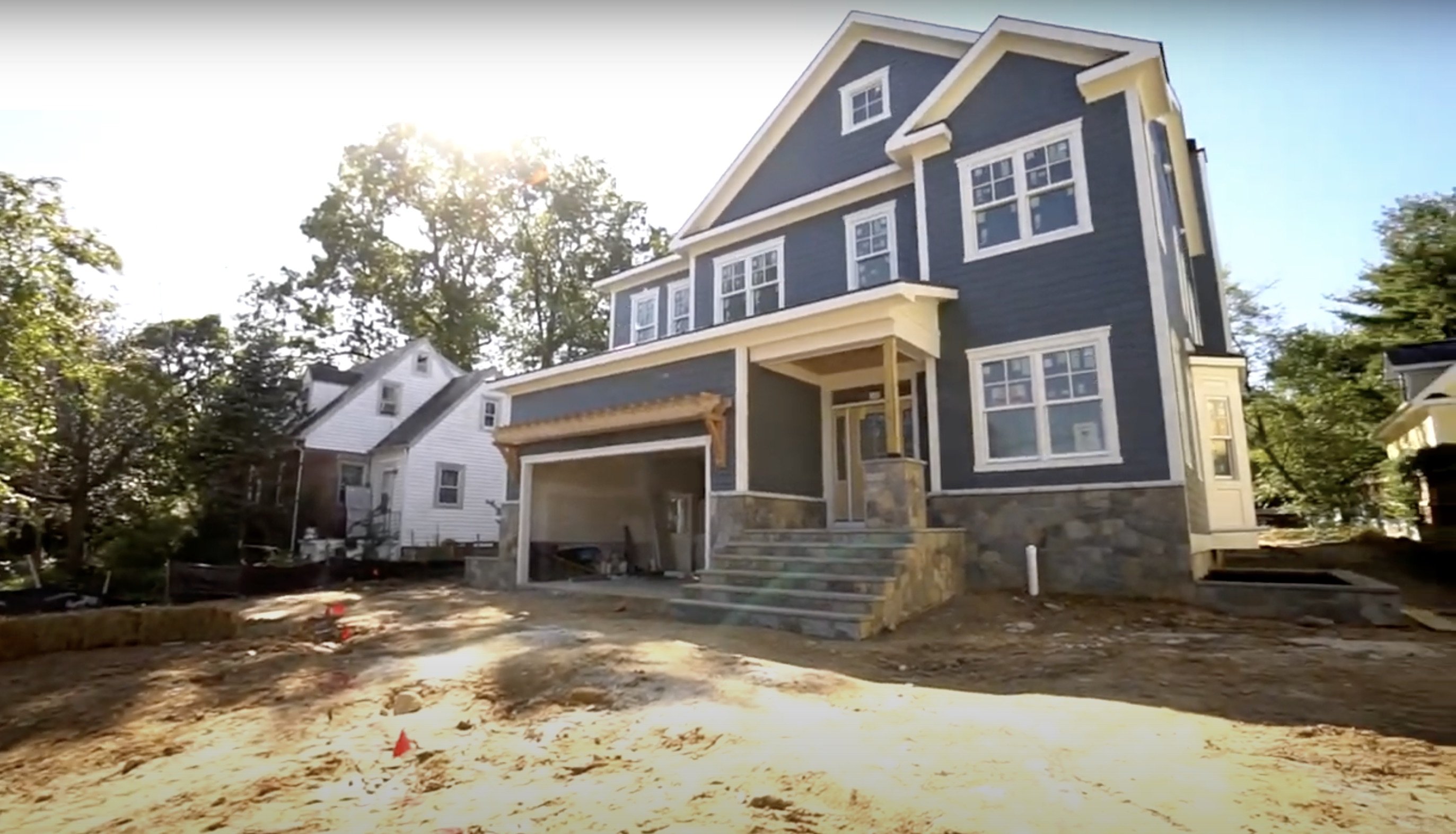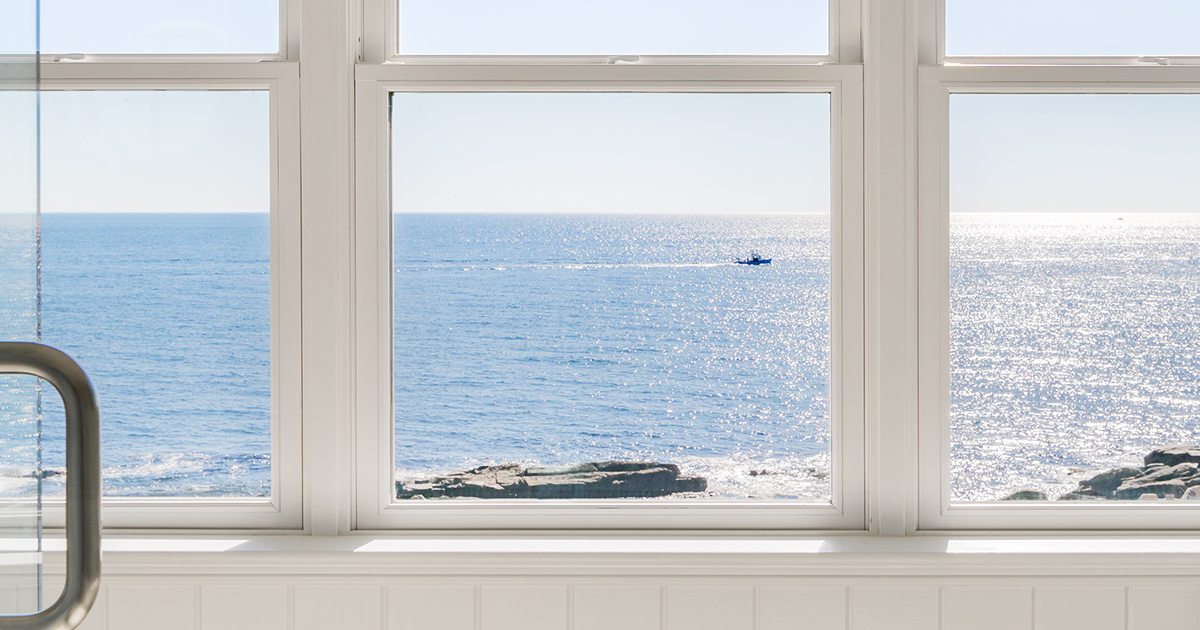A home for all ages marries accessibility and aesthetics that the whole family can appreciate.
More homeowners are planning on their parents and adult children moving in with them. Studies show that the number of multigenerational households—defined as a home with more than two adult generations or grandparents and grandchildren younger than 25—is on the upswing.
According to Pew Research Center, 2016 saw a record 20 percent of Americans living in multigenerational households,[1] compared to just 12 percent in the 1980s. And a recent survey by John Burns Real Estate Consulting says that as many as 41 percent of home-buying Americans are looking for homes that can accommodate an elderly parent or adult child.[2]
What does this mean for builders and remodelers? A shift in demand and business model. Not only are more homeowners looking for more home, but there’s also the challenge of marrying accessibility features with design and amenities that the entire family can appreciate.
Building a home for all ages

Multigenerational homes must seamlessly blend accessibility with aesthetics, as many homeowners will eventually want to resell. Here are a few ways to make multigenerational homes accommodating for those who need it without compromising on style.
- If the home needs a ramp, consider a zero-step walkway that flows naturally from the driveway that feels more like an amenity.
- For those living on the first floor with limited mobility, consider creating a separate exterior entryway so they can have their own special space.
- Make wheelchair-accessible bathrooms more subtle and stylish with high-quality fixtures, accents, and wider doors with on-trend designs.
- More light is helpful for those with deteriorating eyesight. Large windows are a great way to do this naturally. Consider installing casement windows so they’re easier for all family members to open and enjoy the view.
If whoever will be moving in isn’t ready yet, their room could be converted into a study or break room to maximize the use of space before they arrive.
While multigenerational homes are still a small segment of the housing market, their benefits are undeniable to the families who use them. These homes are typically born from a need to provide better care for an elderly family member, a need to help support a new college graduate, or a need to save money. Given today’s economic climate and the trend’s current trajectory, it’s likely that we will see more multigenerational homes in the future.
Balancing everyone’s needs and preferences in a multigenerational home is challenging but not impossible. When it all comes together, it improves the overall quality of life and strengthens family bonds. Doing that is easier when you can truly customize your products. At JELD-WEN, our windows and doors come in a variety of materials, designs, and color finishes for every style to help you pull together a look that your client and their family will love.
For assistance with window and door specifications or installation, visit JELD-WEN’s professional portal.
_____
2. https://www.inman.com/2019/05/06/multigenerational-households-are-on-the-rise-according-to-new-data/.



